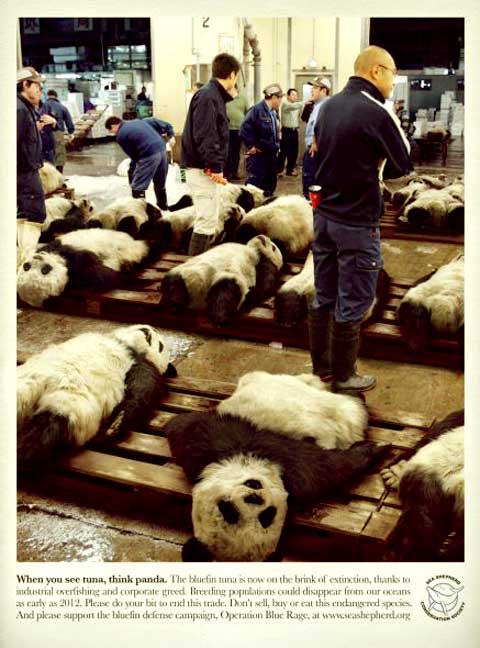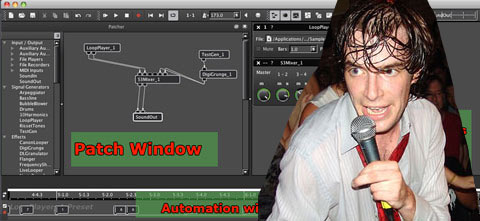Aquatic menage a trois: coral reefs, technology and underwater art.
Reef Beefs
While coral reefs have existed for over 200 million years, humans playing with technology have been causing them some grief in the last wee while. Coral is made by millions of tiny carnivorous animals called polyps that live together in colonies, and while coral reefs can sometimes take a battering from nature (damage to the Great Barrier Reef from the recent cyclone Yasi will apparently take 10-20 years to recover), it’s our use of fossil fuels that is their greatest threat – recent science reports predict that due to coral bleaching caused by increased temperatures, up to 95% of the Great Barrier Reef could be lost by 2050. That lust for fuel is also the reason for current controversy over Shell’s proposed deep sea drilling near Ningaloo Reef in Western Australia. Under the waves, a few artists are taking up the fight:
The Hyperbolic Crochet Coral Reef
Hoping to draw attention to the plight of coral reefs, the LA based Australian artist and scientist combo of Christine and Margaret Wertheim decided to crochet some as a ‘woolly celebration of the intersection of higher geometry and feminine handicraft, and a testimony to the disappearing wonders of the marine world’. Apparently helpful things to have in order to crochet a coral reef: ‘Knowledge of non-euclidean geometry*, Interest in embodied forms of reasoning, and A global sewing bee of serious science communication”. (*More at Believer magazine, and it turns out that Latvian crocheting helped solve a decades old mathematics problem of building a model of non-euclidean space.)
Jason deCaies Taylor’s Incredible Underwater Sculptures
Hoping to draw attention to the plight of coral reefs, and actually make some in the process – Jason has made an amazing series of concrete sculptures for the ocean floor. By themselves the statues are great but forgettable, but when viewed half covered in coral, with fish swimming past and starting to age with the ocean, they transform into enchanting otherworldly creatures. (In other, otherwordly news – did you hear the lost city of Atlantis may have been found?! The legendary metropolis believed swamped by a tsunami thousands of years ago might’ve been found in mud flats of Southern Spain ((And this via Reuters, not some UFO pamphlet..))
Coral Work
(Above image by Thea Beaumann)
Hoping to draw attention to the plight of coral reefs, by staging an underwater concert (!), artists at Aphids have begun creative development for their project, which they hope to perform later at the Great Barrier Reef. Recent filming tests utilised the 62,000 litre tank the Artrage complex has in down town Perth (Your local Art Complex has a 62,000 litre tank too, right?). (Also on the underwater concert tip – check out Nightswim, a Canadian pool party from sunset to sunrise with underwater microphones (were condoms used?), underwater speakers and specially composed works by Tim Hecker, FM3 and Hrvratski!)
And Maybe If We’re Good To Them..
Coral reefs could have a role to play in helping us identifying the next likeliest place to expect a quake (mapping where previous ones have split helps map faultlines and identify high-risk locations).
by j p, April 7, 2011 0 comments





